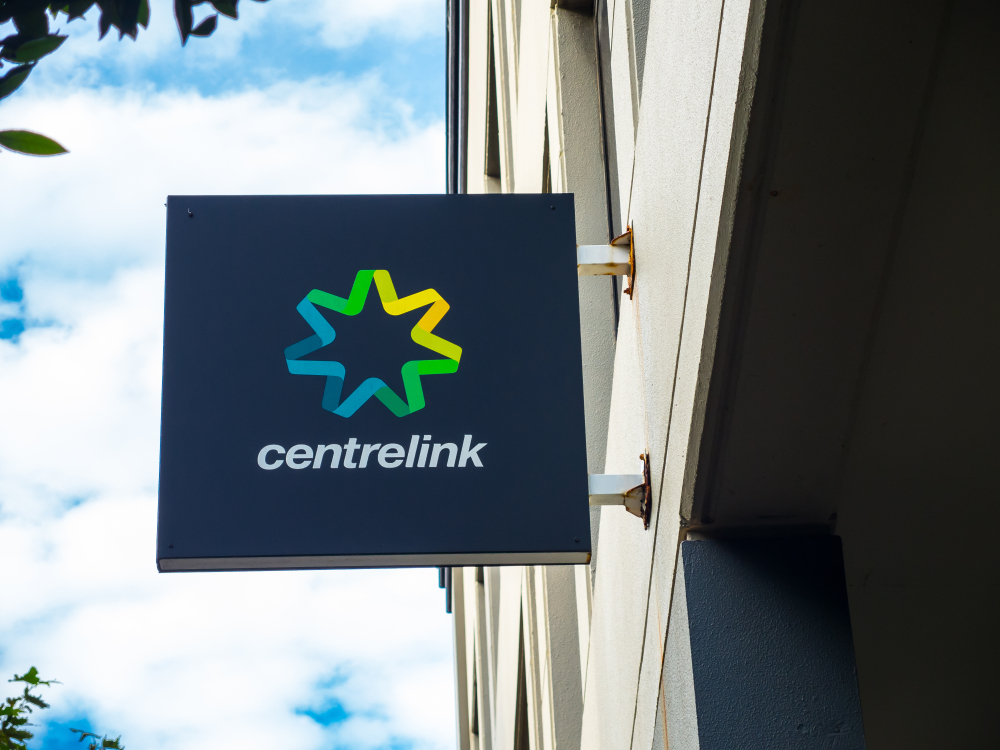NAVA fears thousands of visual artists and arts workers will be at risk of losing their income support payments under the new points-based system for jobseekers that starts on 1 July 2022.
The new service, WorkForce Australia, will replace the controversial Jobactive program that required jobseekers to lodge 20 job applications a month. In its place, the new points-based activation system (PBAS) will require jobseekers to earn 100 points through an expanded range of activities to keep their payments.
While NAVA acknowledges that the change aims to give jobseekers greater flexibility to meet their obligations, we remain deeply concerned that the new points system continues to exclude the majority of work in the arts sector.
Professional arts practitioners are likely to actively seek opportunities in a number of different forms and from a wide variety of sources. This includes undertaking residencies, applying for grants and funding, meeting with curators, sitting on boards, attending industry events, and making artwork for sale, exhibition, and to enter into prizes.
Thousands of independent artists and arts workers currently rely on JobSeeker benefits. Without changes to what is recognised by Centrelink as ‘seeking employment’, many will find it near impossible to lodge the work they’ve been seeking as artists to comply with the requirements under the new points system.
The social security system’s limited recognition of the distinctive nature of the arts profession, as well as the increased use of automation in the new PBAS, will both block out users and result in an incredible amount of wasted administrative hours, imposing yet more time-consuming and costly activity for those already struggling to cover the basics.
We have seen a lot of self-generated income for the past few years vanish, and more and more artists having to turn to income support. NAVA fears for the impact on the visual arts sector as Centrelink continues to divert artists into doing work that has no or little relevance to their career intentions, rather than trying to help them to sustain careers as professional artists.
NAVA has written to the Arts and Employment Minister Tony Burke and requested an urgent meeting to discuss our concerns and recommendations. NAVA strongly opposes mutual obligation systems, but otherwise calls on the government to immediately:
- Pause the new system while it’s reviewed.
- Ensure Centrelink recognises the professional work of artists and arts workers as employment-seeking activities.
- Ensure Centrelink adopts an annual averaging process for income from artists’ fees and awards similar to ways this type of income is handled by the ATO under the Tax Ruling:carrying on business as a professional artist
- Permanently increase JobSeeker by at least $25 per day as has long been called for by advocacy groups around Australia.
Artists’ careers often rely on short-term commissions or project-based work and largely their incomes are low and intermittent as they work project to project. This precarity, compounded by some of the largest pandemic business shutdowns, means thousands of artists and arts workers continue to face reduced work opportunities, revenue and exposure.
JobSeeker has been a vital lifeline for many in the industry. Making income support payments more accessible would not only ensure hard-hit visual artists and arts workers have access to vital financial support, but would help build resilience and confidence for the sector.





